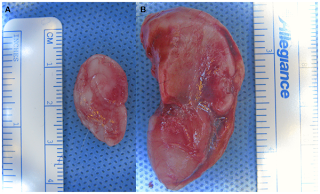

| Visitors Now: | |
| Total Visits: | |
| Total Stories: |

| Story Views | |
| Now: | |
| Last Hour: | |
| Last 24 Hours: | |
| Total: | |
Bioengineers printed ears and target first human implant in 2015
From
Cornell bioengineers and physicians have created an artificial ear that looks and acts like a natural ear, giving new hope to thousands of children born with a congenital deformity called microtia. They have developed high-fidelity, biocompatible, patient-specific tissue-engineered constructs for auricular reconstruction which largely mimic the native auricle both biomechanically and histologically, even after an extended period of implantation. This strategy holds immense potential for durable patient-specific tissue-engineered anatomically proper auricular reconstructions in the future.
The novel ear may be the solution reconstructive surgeons have long wished for to help children born with ear deformity, said co-lead author Dr. Jason Spector, director of the Laboratory for Bioregenerative Medicine and Surgery and associate professor of plastic surgery at Weill Cornell.
Cornell biomedical engineers and Weill Cornell Medical College physicians described how 3-D printing and injectable gels made of living cells can fashion ears that are practically identical to a human ear. Over a three-month period, these flexible ears grew cartilage to replace the collagen that was used to mold them.
“This is such a win-win for both medicine and basic science, demonstrating what we can achieve when we work together,” said co-lead author Lawrence Bonassar, associate professor of biomedical engineering.
3d Printed Ear
See more and subscribe to NextBigFuture at 2013-02-21 18:18:08 Source: http://nextbigfuture.com/2013/02/bioengineers-printed-ears-and-target.html
Source:



